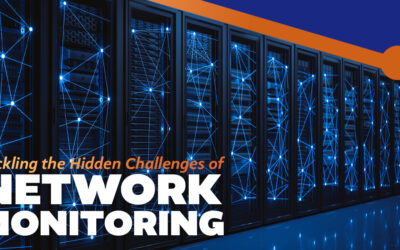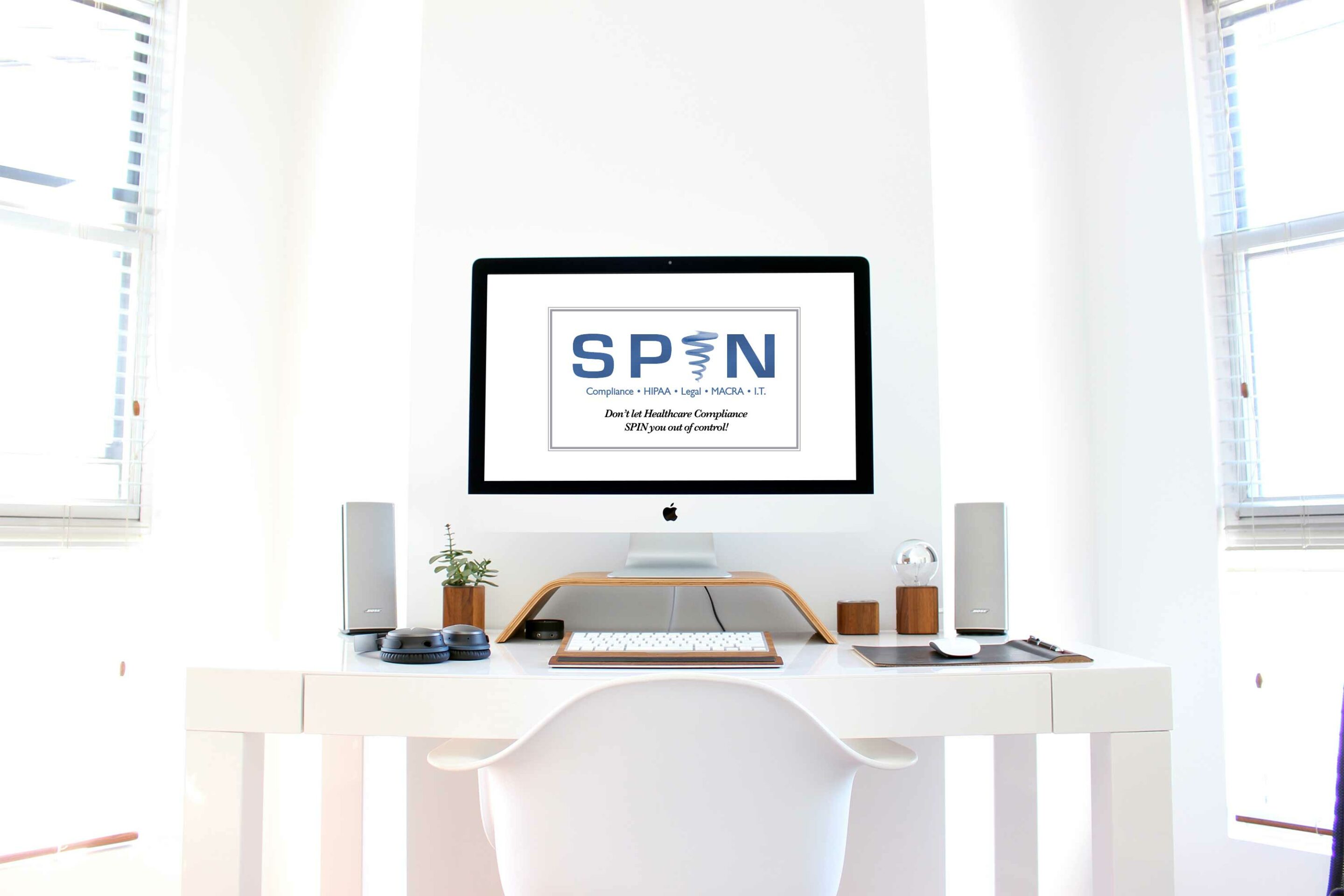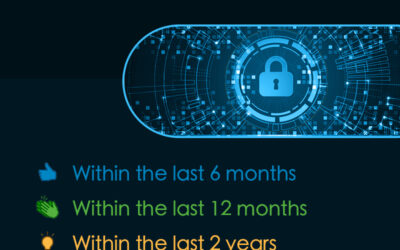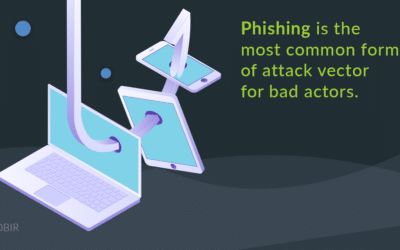In the realm of business, the key to unlocking valuable insights into customers, market trends, and internal operations lies within your data. Maximizing the potential of this information is vital for enhancing customer experience, fostering innovation, and improving overall productivity.
Protecting Data and Privacy in the Age of IoT: North Shore Computer’s Insights
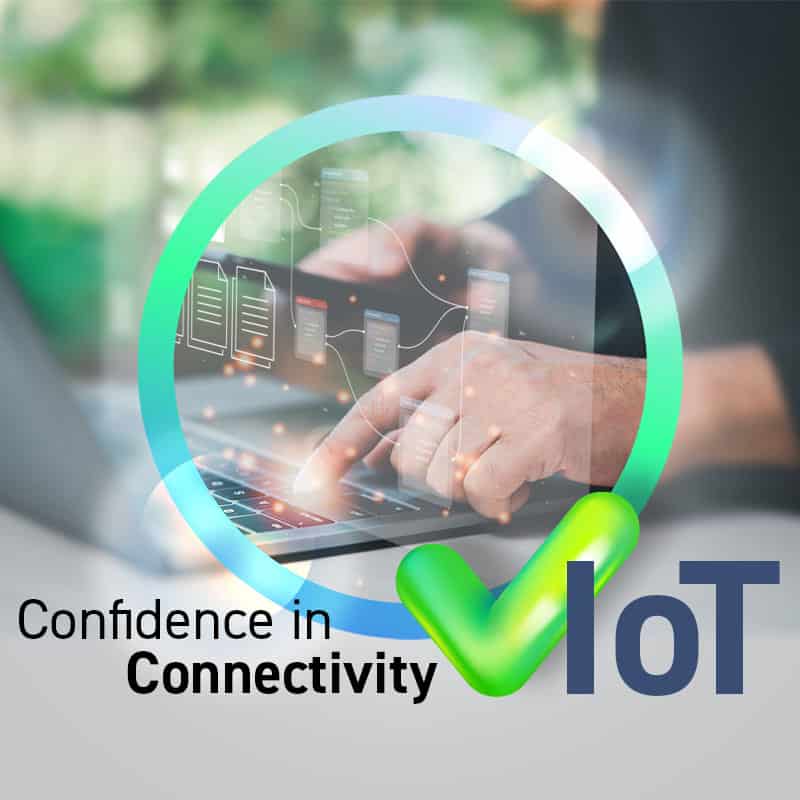
Is your IoT (Internet of Things) data secure? If you’re unsure, you could be leaving yourself vulnerable to potential threats. While IoT devices have undeniably revolutionized daily life for businesses and individuals alike, they also present risks to data protection and privacy. At North Shore Computer, we understand the importance of safeguarding your IoT data from cyber threats. In this blog post, we’ll delve into the common vulnerabilities of IoT devices and explore the top five threats you should be aware of to ensure the security of your data.
Understanding IoT Vulnerabilities
IoT devices are susceptible to various vulnerabilities, including:
Device flaws: Many IoT devices contain vulnerabilities in memory, firmware, physical interface, web interface, and network services. Hackers can exploit these weaknesses using default passwords, outdated software, and improper updates.
Communication channels: Cybercriminals can disrupt IoT device communication channels to launch spoofing attacks or denial of service (DoS) attacks. This malicious activity can grant unauthorized access to your network or overload your devices, rendering them inoperable.
Software weaknesses: Hackers often target the software running on IoT devices, injecting malware that compromises both security and functionality.
Top Five Threats to Data Security
Now, let’s examine the five major threats associated with IoT devices:
Uncontrolled data collection: IoT devices often collect vast amounts of data, sometimes without explicit user consent. This data can contain sensitive information about individuals, businesses, and customers. It’s crucial to handle IoT data with care, employing encryption, secure storage, and proper disposal practices.
Unsecured devices: A single unsecured IoT device can serve as a gateway for hackers to infiltrate your network and compromise data security. Implementing measures such as changing default passwords, updating software regularly, and installing firewalls is essential to thwarting unauthorized access.
Inadequate security policies: Due to the diversity and complexity of IoT environments, generic security measures are insufficient. Customized security policies tailored to each environment are necessary, outlining access permissions, data collection protocols, and communication guidelines.
Lack of IoT security awareness: Given the ever-evolving nature of IoT technology, ongoing education and training are crucial to staying abreast of the latest threats and trends in the landscape.
Privacy concerns: IoT devices pose significant privacy risks if collected data falls into the wrong hands. Adhering to data protection laws such as HIPAA, GDPR, CMMC, and NIST CSF, as well as relevant cyber insurance policies, is imperative to safeguarding privacy.
Navigating IoT Compliance with North Shore Computer
Failure to secure IoT data can result in penalties and legal repercussions. However, North Shore Computer is here to help. Our compliance services identify and mitigate IoT risks while ensuring adherence to data protection standards, ultimately saving you time, money, and headaches.
Contact us today for a free consultation, and let’s collaborate to fortify your IoT strategy and ensure its success.

Trish Breingan
Vice President of HIPAA Compliance and Co-Founder of SPIN Compliance Solutions
Tackling the Hidden Challenges of Network Monitoring
In the realm of contemporary communication and commerce, the pervasive influence of social media has revolutionized the way businesses operate. Nevertheless, with its escalating popularity, businesses like North Shore Computer face potential hazards that can detrimentally impact their operations.
How Social Media Misuse Can Harm Your Business
In the realm of contemporary communication and commerce, the pervasive influence of social media has revolutionized the way businesses operate. Nevertheless, with its escalating popularity, businesses like North Shore Computer face potential hazards that can detrimentally impact their operations.
Managed Compliance for Your Data Security: Partnering with SPIN Compliance Solutions
In the digital era, data security compliance is no longer a luxury but a critical necessity. With global enforcement of increasingly stringent data protection and privacy regulations, businesses must prioritize compliance to safeguard their operations.
A ‘Compliance First’ Mindset Limits Liabilities for SMBs
Opting for a Compliance First strategy, particularly in collaboration with North Shore Computer, empowers small and medium-sized businesses (SMBs) to minimize liabilities. This approach involves scrutinizing solutions and vendors, eliminating those that don’t align with your compliance requirements, and selecting from the compliant options. It also entails evaluating existing solutions and vendors, replacing those that fall short in supporting your compliance needs.
First Step to Compliance: A Thorough and Accurate Risk Assessment
Complying with data privacy and protection regulations wouldn’t give several business owners sleepless nights
if it only meant installing a predefined list of security solutions. Compliance goes way beyond this and for good
reason.
A Deep Dive Into Phishing Scams: Protecting Your Business with North Shore Computer
While emails are indispensable to business operations, ensuring their safety can be a complex endeavor. Consider partnering with a reputable IT service provider like North Shore Computer to implement best practices and security standards.


